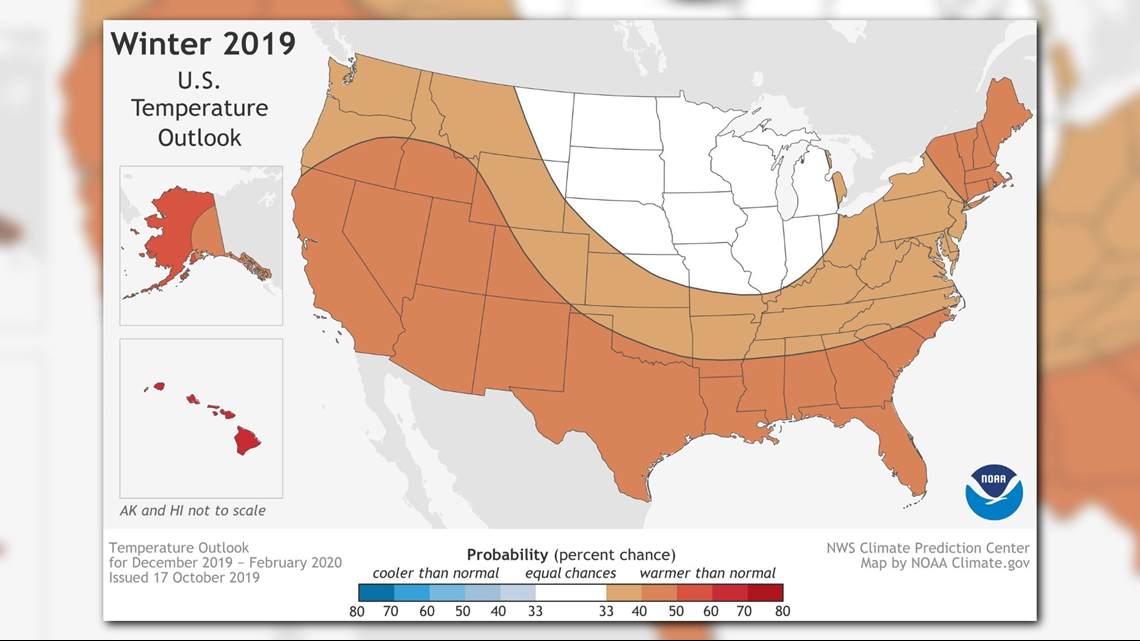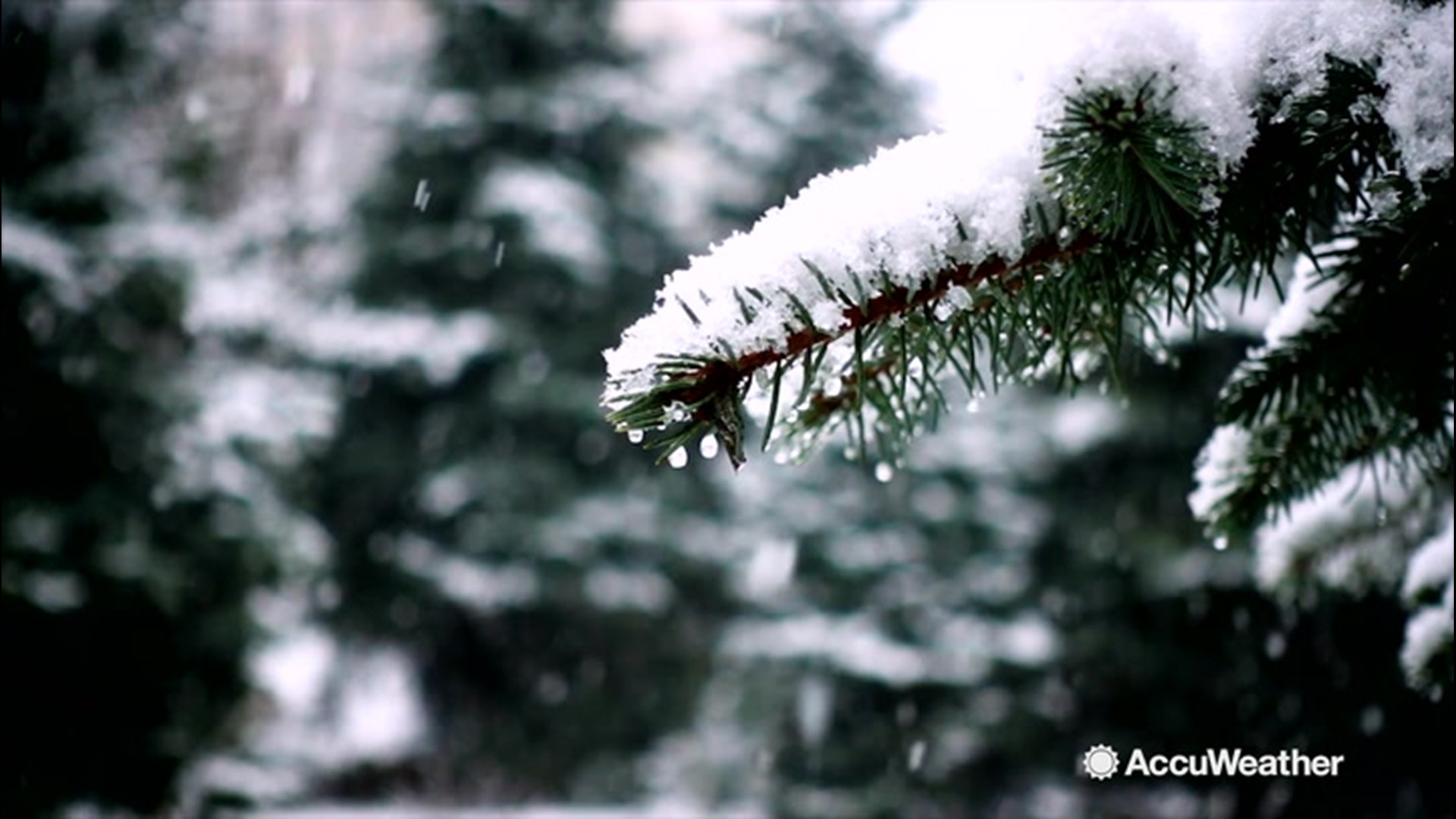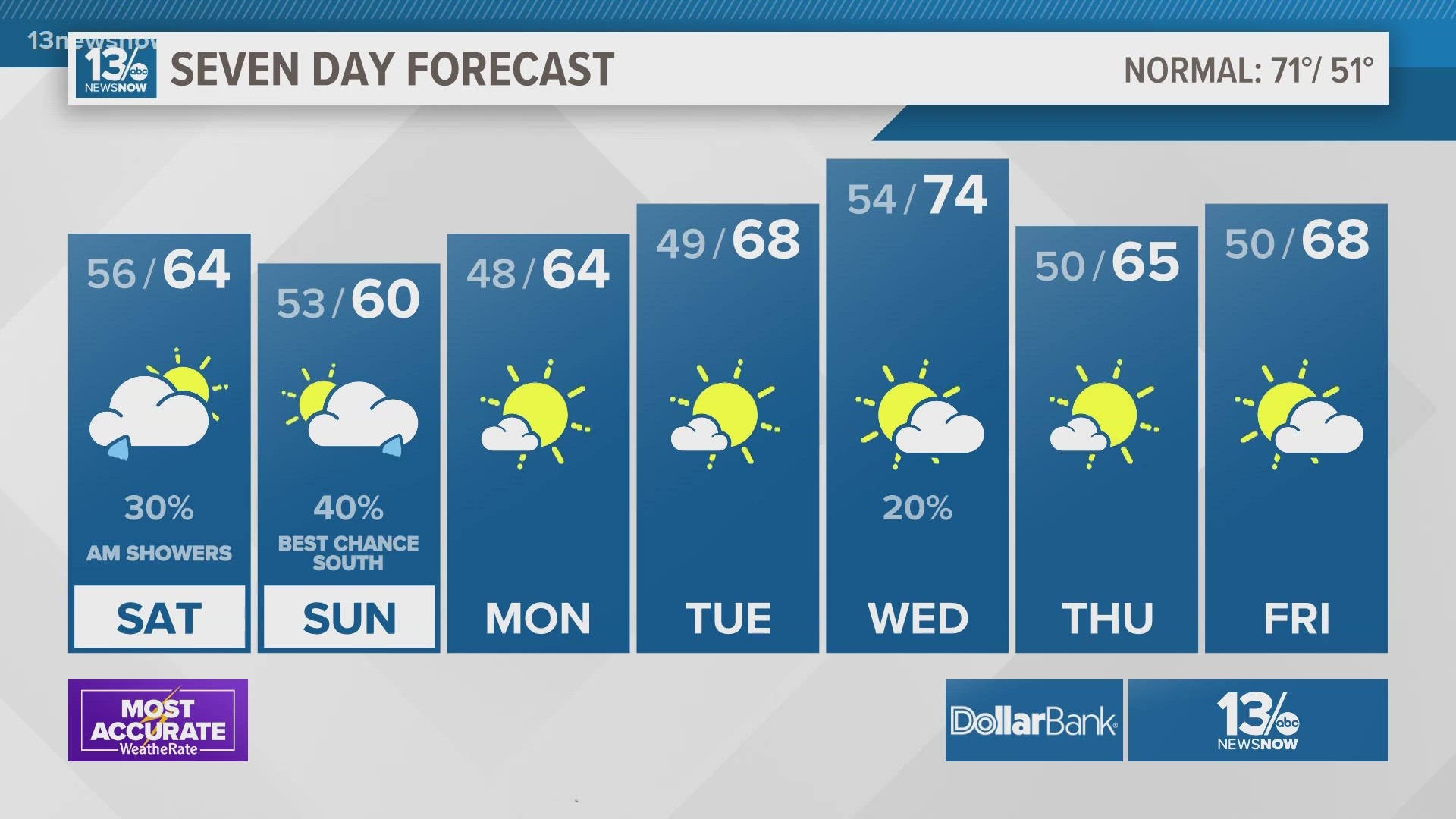WASHINGTON — Expect big swings in weather this winter, government forecasters say.
The National Weather Service says the large global forces that help drive broad patterns of winter weather are weak, which often makes for more dramatic changes in local weather every few weeks.
It also makes it harder to forecast.
"This is not one of our most confident forecasts," said Mike Halpert, deputy director of the service's Climate Prediction Center.
The government predicts there is a slight chance it will be warmer than normal in most of the United States and no place will be colder than normal for December through February.
Thursday's forecast envisions a wetter than normal winter for a swath of northern states from Montana to New York, dipping south to the northern half of Virginia. It also said there would be drier than normal spots in central and northern California and eastern Texas, Louisiana, southern Arkansas, and western Mississippi.
Halpert said this year is hard to predict because there's no El Nino or La Nina in the central Pacific. Those are often key drivers of winter weather. That leaves things up to other global climate factors, ones that can flip every few weeks. Those often lead to dramatic weather swings, Halpert said.


Forecasters do have high confidence in one forecast: It is expected to be wetter and hotter in Alaska and Hawaii.
Last year's winter forecast of warmer than normal turned out to be wrong, Halpert acknowledged. However, since the mid-1990s the government's annual winter outlooks are 30 to 35% more accurate on temperature than random guesses, he said.
Private weather companies predict quite a different winter.
AccuWeather sees a late start to winter in the Northeast but says it'll get stormy once it starts, with above-normal snowfall from New York City to Boston. It forecasts Arctic cold in the mid-winter for the Upper Midwest, a wet Southeast and mild temperatures in Florida. It also sees variable weather from Texas to Montana, rain and mountain snow in much of the west and mild temperatures in the Pacific Northwest.
The Weather Company sees colder temperatures from Montana to Maine, south almost to Maryland, and a warm Southwest. It predicts about the same precipitation patterns as the weather service.
Judah Cohen, a winter weather expert at Atmospheric Environmental Research who incorporates the extent of Siberian snow cover into his forecasts, sees a cold start to winter and late fall in the East but said those snaps will be short-lived.




